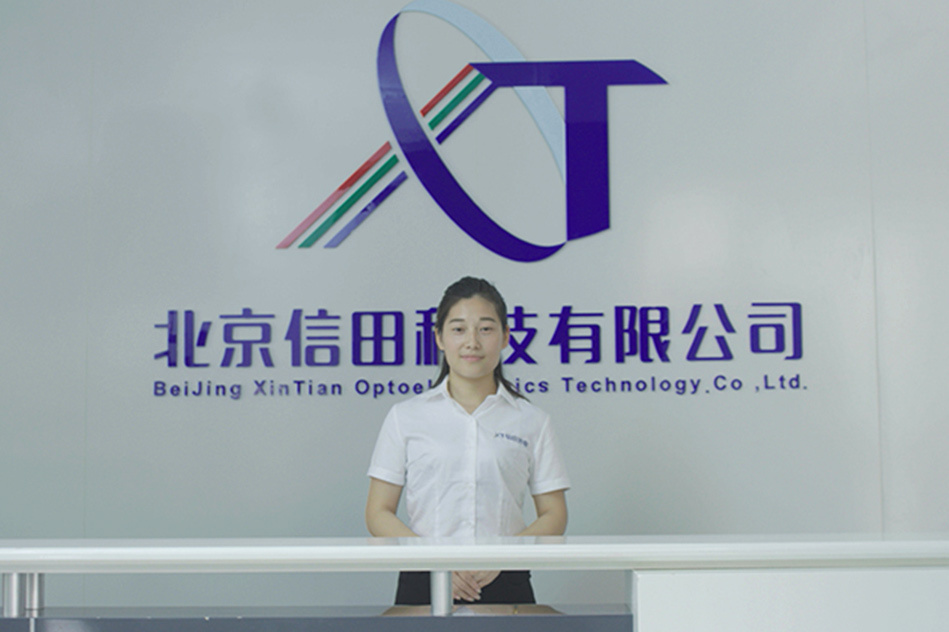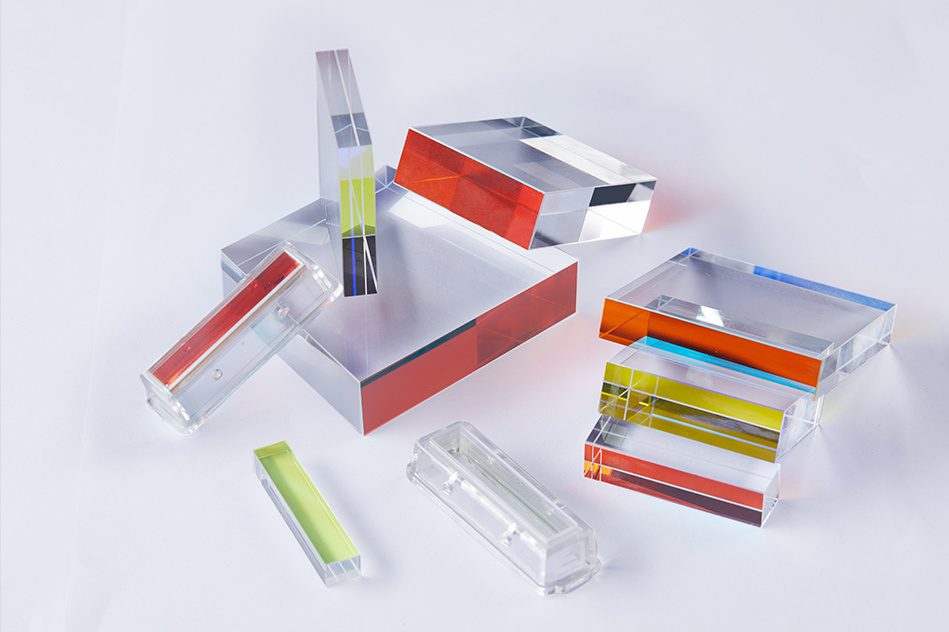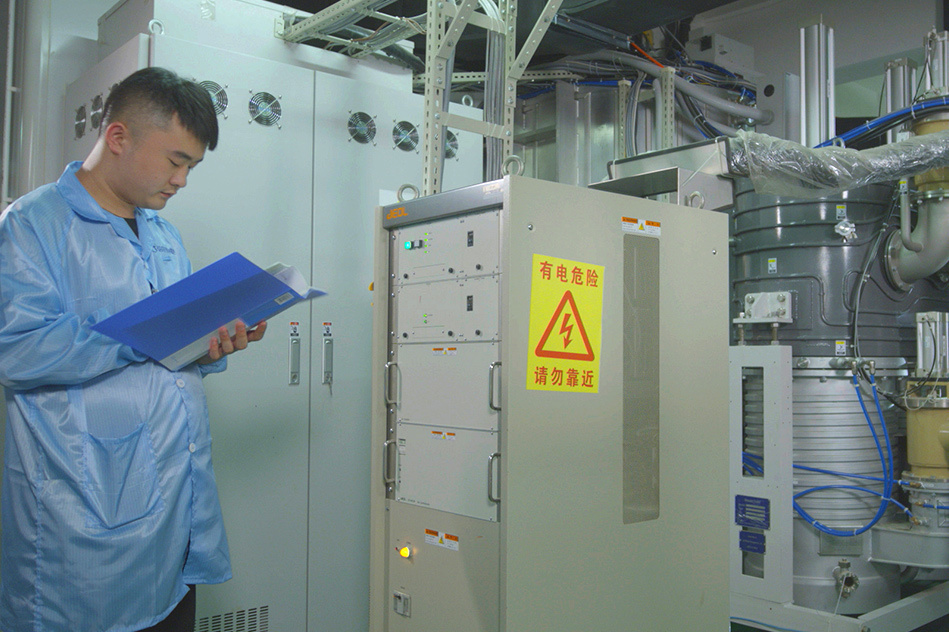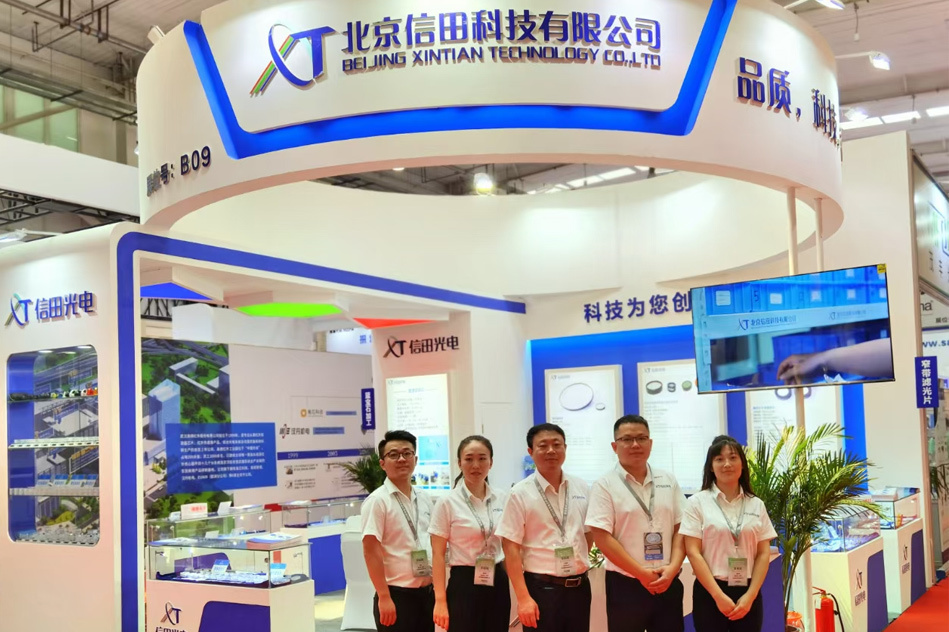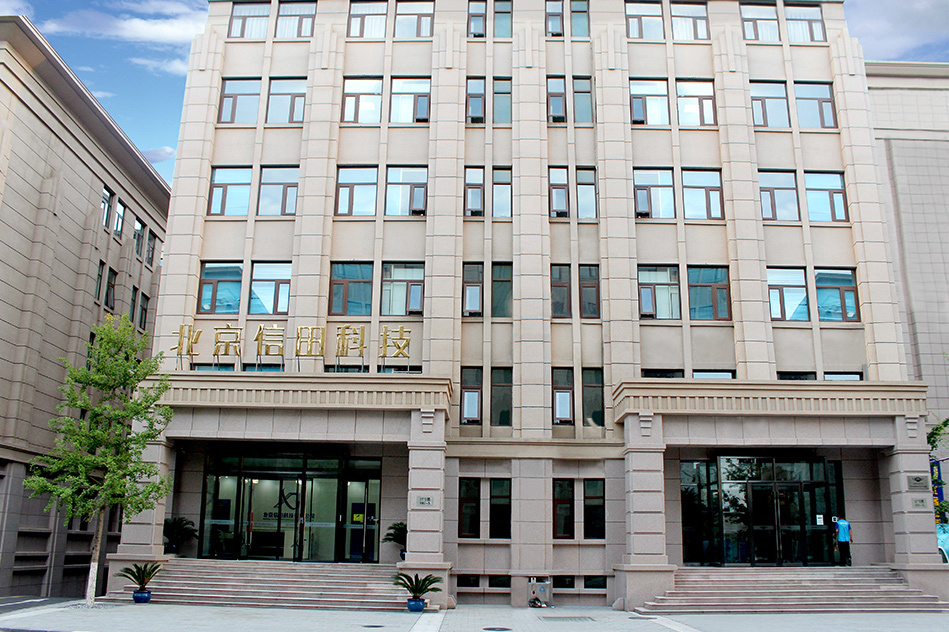Specializing in optical products research and production and development of high-tech enterprises
Release time:
2022-07-28
Source:
Source
The working principle of the semiconductor laser is the excitation mode, the use of semiconductor material (that is, the use of electrons) in the band transition light, with the cleavage of the semiconductor crystal surface to form two parallel reflection mirror as a mirror, the composition of the resonant cavity, so that light oscillation, feedback, produce light radiation amplification, output laser. Semiconductor laser advantages: small size, light weight, reliable operation, low power consumption, high efficiency.
According to the energy band theory of solids, the energy levels of electrons in semiconductor materials form energy bands. The high energy is the conduction band, the low energy is the valence band, and the two bands are separated by the forbidden band. When the non-equilibrium electron-hole pairs introduced into the semiconductor recombine, the released energy is radiated in the form of luminescence, which is the recombination luminescence of carriers.
There are two general classes of semiconductor materials in general use, direct bandgap materials and indirect bandgap materials, where direct bandgap semiconductor materials such as GaAs (gallium arsenide) have much higher radiative transition probabilities and much higher luminous efficiencies than indirect bandgap semiconductor materials such as Si.
The necessary conditions for semiconductor recombination luminescence to achieve stimulated emission (I. e. laser generation) are as follows: ① when the carrier density injected into the active region from the p-type side and the n-type side respectively is very high, the number of electrons occupying the conduction band electronic state exceeds the number of electrons occupying the valence band electronic state, thus forming the population inversion distribution. In a semiconductor laser, the resonant cavity is composed of mirrors at both ends, called Fabry Perot cavity. ③ High gain is used to compensate for optical loss. The light loss of the resonant cavity is mainly the loss emitted from the reflective surface and the light absorption of the medium.
Semiconductor lasers rely on injected carriers to work, and laser emission must have three basic conditions:
(1) To produce a sufficient population inversion distribution, that is, the number of particles in the high energy state is sufficiently greater than the number of particles in the low energy state;
(2) there is a suitable resonant cavity can play a feedback role, so that the stimulated radiation photon proliferation, resulting in laser oscillation;
(3) A certain threshold condition must be met so that the photon gain is equal to or greater than the loss of photons.
The working principle of the semiconductor laser is the excitation mode, the use of semiconductor material (that is, the use of electrons) in the band transition light, with the cleavage of the semiconductor crystal surface to form two parallel reflection mirror as a mirror, the composition of the resonant cavity, so that light oscillation, feedback, produce light radiation amplification, output laser.
Semiconductor laser advantages: small size, light weight, reliable operation, low power consumption, high efficiency.
Key words:
Previous Page
Previous Page:
Recommended News
Beijing Xintian Technology Co., Ltd
Address: 102A, Building 27, Yard 2, Huanke Middle Road, U Valley, Liandong, Jinqiao Industrial Base, Tongzhou District, Beijing
Telephone : 0086-10-81314835/57323722
0086 182 1070 6870 (English)
WhatsAPP : 0086 182 1070 6870
Wechat ID : 0086 182 1070 6870
Fax : 86-10-57323723
E-mail : sales@xt-optic.com
wangdi@xintian-tech.com
Contact person : Mr.WangDi

Scan code attention to us
Copyright©Beijing Xintian Technology Co., Ltd

